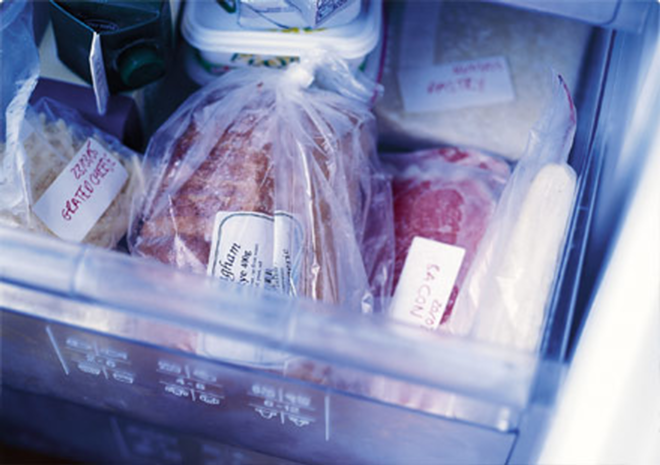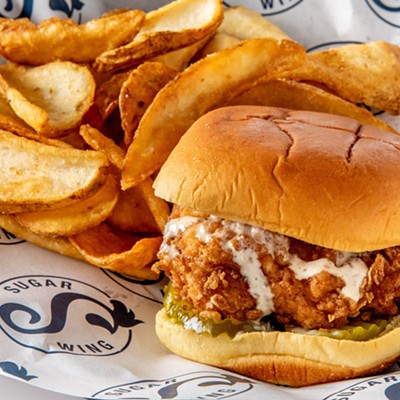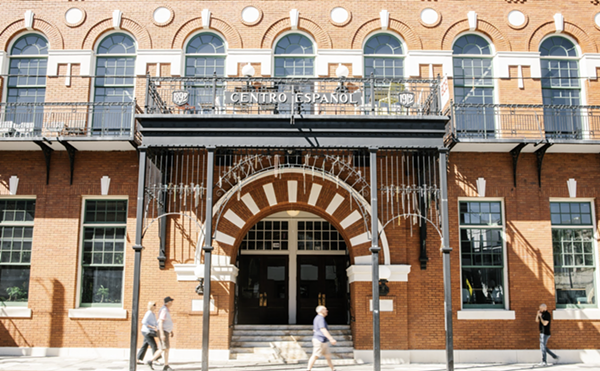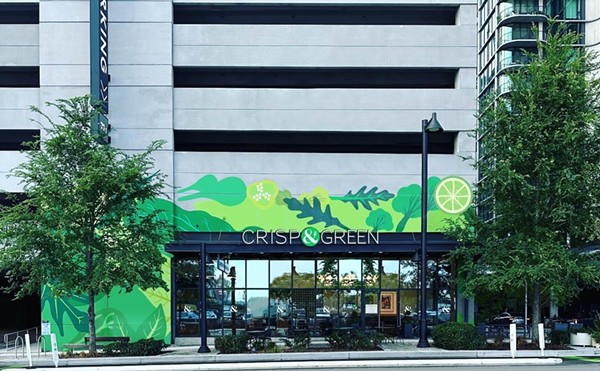Courtesy of: EarthTalk®
E — The Environmental Magazine
Dear EarthTalk: I love to cook and when I have the time I make soups, stews and pasta meals in large batches and freeze them. I use leftover plastic containers, but I know this is not good. What kinds of containers are safe for freezer food storage? — Kathy Roberto, via e-mail
Reusing leftover plastic food containers to store items in the freezer may be noble environmentally, but it might not be wise from the perspective of keeping food safely frozen and tasting its best when later heated up and served. Many such containers are designed for one-time use and then recycling, so it’s not worth risking using them over and over. Likewise, wax paper, bread wrappers and cardboard cartons should not be used to store frozen foods; these types of containers don’t provide enough of a barrier to moisture and odors and also may not keep food fresh when frozen.
Luckily though, many other materials are suitable for use as freezer-safe storage containers, at least according to the National Center for Home Food Preparation. To qualify as “freezer-safe,” the Georgia-based non-profit maintains, food storage containers must resist moisture-vapor, oil, grease and water as well as brittleness and cracking at low temperatures, while being durable, leak-proof and easy-to seal. They must also protect foods from absorption of off-flavors or odors. “Good freezing materials include rigid containers made of aluminum, glass, plastic, tin or heavily waxed cardboard; bags and sheets of moisture-vapor resistant wraps; and laminated papers made specially for freezing,” reports the group.

















